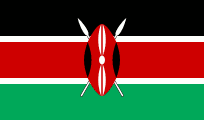| Headquarters: |
Nairobi, Kenya
|
|
|
| Website: | https://www.unenvironment.org/ | ||
| Description: | The United Nations Environment is the leading global environmental authority that sets the global environmental agenda, promotes the coherent implementation of the environmental dimension of sustainable development within the United Nations system and serves as an authoritative advocate for the global environment. | ||
| Summary: |
UN Environment is a leading player in environmental policy. Although its work does not include animal welfare per se, it does include biodiversity/wildlife and sustainable consumption and production (which include aspects relevant to animal protection). The latter includes education for sustainable consumption.
UN Environment is an Implementing Agency of the Global Environment Facility (GEF) with the World Bank and the United Nations Development Program (UNDP) and is the only Global Environmental Facility Agency whose core business is the environment. |
||
| Organization Type: | International Inter-Governmental Organization | ||
| Issue areas covered: |
Climate change, disasters and conflicts, ecosystems management, environmental governance, chemicals and waste, and resource efficiency. |
||
| Key opportunities and dates for input: |
|
||
| Requirements for participation: |
UN Environment is open to meeting with civil society to discuss matter of mutual interest. However, to be engaged in decision-making processes, it is necessary to be accredited. There is more about civil society engagement here. For more detailed information on engaging at UNEA, see WAN’s Guidance Document on Engaging at the UN Environment Assembly. |
||
| Advocacy Opportunities: | |||
|
|||
- Home
- Directory
-
Our Programs
-
Strategic Advocacy Course
- Collaborations
- Humane Education
- International Policy
-
Model Animal Welfare Act
- Get the Book!
- Contents
- Part 1: Guiding Principles - A Broad Overview
- Part 2: Proposal for the Wording of a New Animal Welfare Act
-
Part 3: Explanatory Notes
- Notes to Chapter 1: Preliminary Provisions
- Notes to Chapter 2: General Provisions
- Notes to Chapter 3: Keeping of Animals/Care of Animals
- Notes to Chapter 4: Specific Categories of Animal Use
- Notes to Chapter 5: Implementation and Enforcement Provisions
- Notes to Chapter 6: Penal and Final/Concluding Provisions
- Constitution Project
-
Strategic Advocacy Course
-
Resources
- Events
- About Us
- Blog
From the Blog
-
The World Federation for Animals: A New Chapter for World Animal Net +
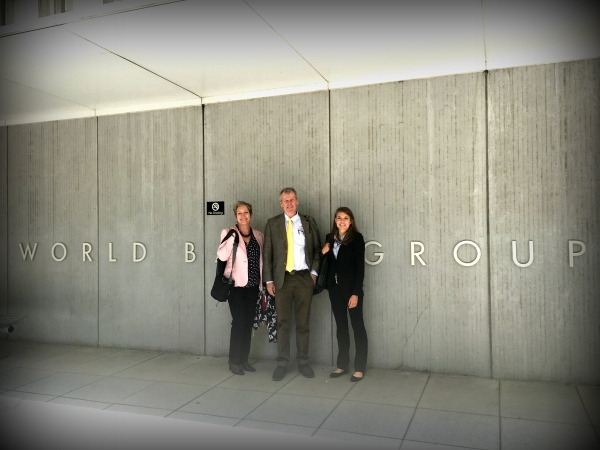 In 2013, I joined World Animal Net (WAN) alongside Akisha… Read More
In 2013, I joined World Animal Net (WAN) alongside Akisha… Read More
-
Launching an "Animals' Manifesto" for World Animal Day +
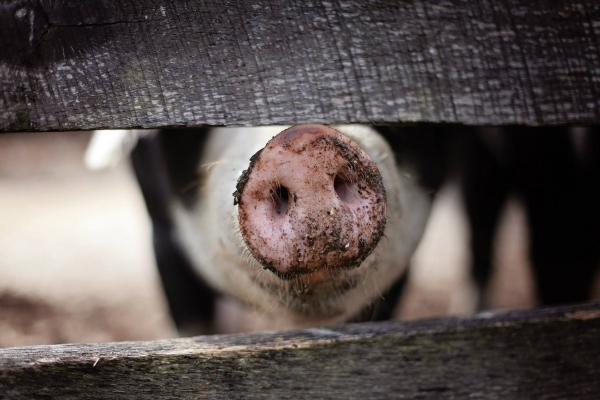 World Animal Net has brought together animal protection and environmental… Read More
World Animal Net has brought together animal protection and environmental… Read More
-
Join Asia for Animals in celebrating World Farmed Animal Day +
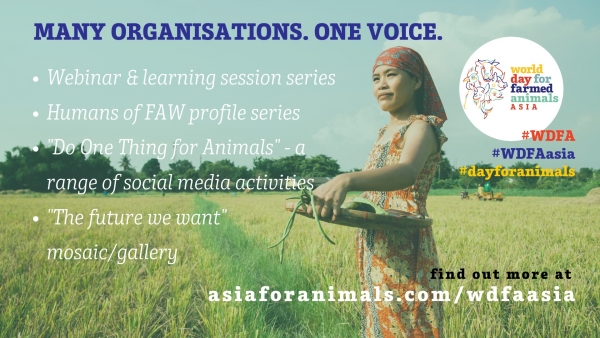 World Day for Farmed Animals Asia is on October 2nd… Read More
World Day for Farmed Animals Asia is on October 2nd… Read More
-
COVID-19 and the Development of the New Global Biodiversity Framework +
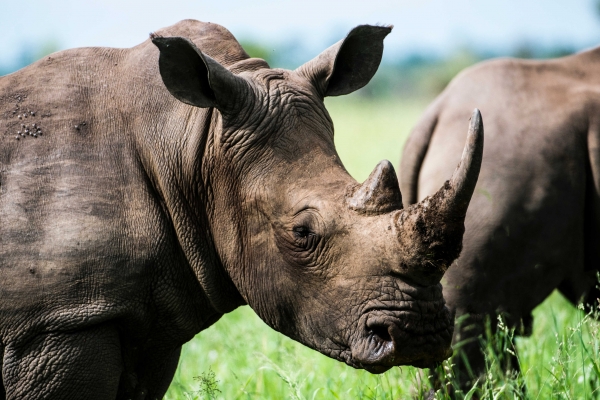 The Convention on Biological Diversity (CBD) is an international agreement… Read More
The Convention on Biological Diversity (CBD) is an international agreement… Read More
- 1

